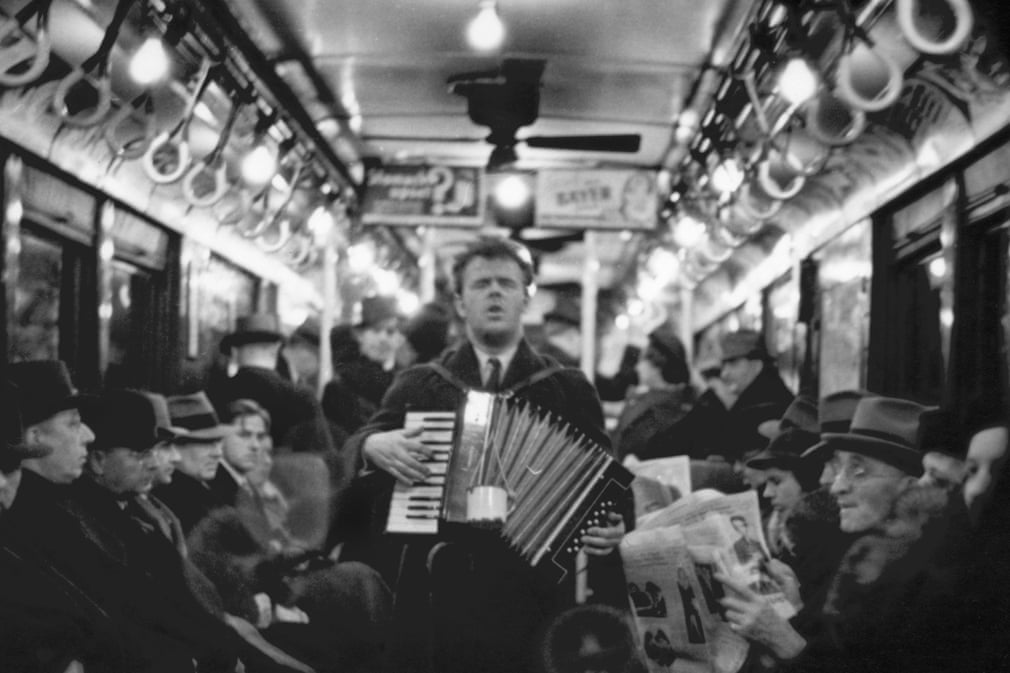 |
| Photo by: Kristen Foster |
The world of photojournalism is constantly changing. New technology is constantly being developed to make the process of photograph taking even more simple. People can now share photos and videos with the rest of the world in seconds, but this was not always the case. As Professor Nordell says in his video Before there were Pixels-Part 1 as he refers to the beginning of photojournalism “Many feel it actually started during the Crimean war, when Roger Fenton went out to take photographs”. As many know, the Crimean war took place around the middle of the nineteenth century. Therefore, photojournalism has been rapidly developing over the past 2 centuries into what we know it as today.
An important aspect of photojournalism is the photographs themselves. These items allow others to theoretically exist in places they are not or to even experience things they may not have been present for. A perfect example is in CBS News’s article Photography that Changed the Way We View War when the following line is stated: “Such as the portrait found in the hands of a dead soldier after the Battle of Gettysburg”. This sentence is so touching because even nowadays soldiers keep photographs of their loved ones on them and use them as their motivation to keep fighting. This allows citizens to see these people not only as soldiers or killing machines, but as actual human beings with loved ones that they hope to one day return to. Another great example is the two sentences in John G. Morris’s article The Magnificent Eleven: The D-Day Photographs of Robert Capa that states "Capa's D-Day photos have become classics. One of them, depicting a GI struggling through the churning surf of Omaha Beach, has survived as the definitive image of the Normandy invasion". This statement shows the readers just how much one photo can represent an entire time period.
An interesting development in photojournalism was the invention of the Twin lens reflex camera, first developed in the late nineteenth century. For people of our time, this camera is rather odd-looking with the two lenses on the front, but this was actually quite an impressive invention during its time. For instance, as stated in Collectors Weekly’s article Vintage Twin Lens Reflex Cameras “They were initially developed to make it easier, and faster, to focus a camera between shots”. The only significant problem was that the mirror on the top of the camera distorted the view through the viewfinder and therefore made it harder for the photographer to capture the perfect image. This is obviously not a problem in modern times because of the advancement of camera phones and digital cameras. The greatest significance of this camera is that it led to the inventions of even more advanced cameras and eventually a technology allowing for rapid production of things like newspapers and magazines. As Professor Nordell States in his video Before there were Pixels: Part 2, “There was a development with printing technology of developing magazines”. These papers were allowed to print more photos as a result of this photojournalistic developmental cascade that began with the first camera.
Looking back at past photojournalistic inventions, including the twin lens reflex camera, photographs held much greater emotional value then than now. While this may not be true for everyone, people do not truly appreciate photographs and they often overlook the significance. But in previous times, people could not just take as many pictures as the wanted on their cell phones, they had to use film and have them developed and pay for this process. So by the time they had their pictures, they had a much greater appreciation for them.
 |
| Photo by: Ansel Adams |




